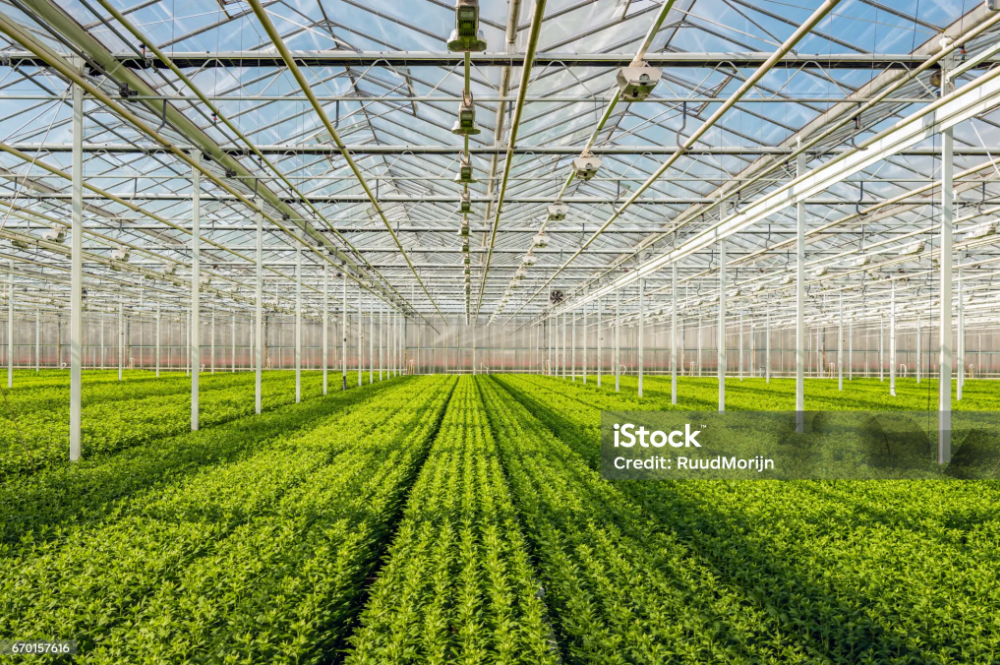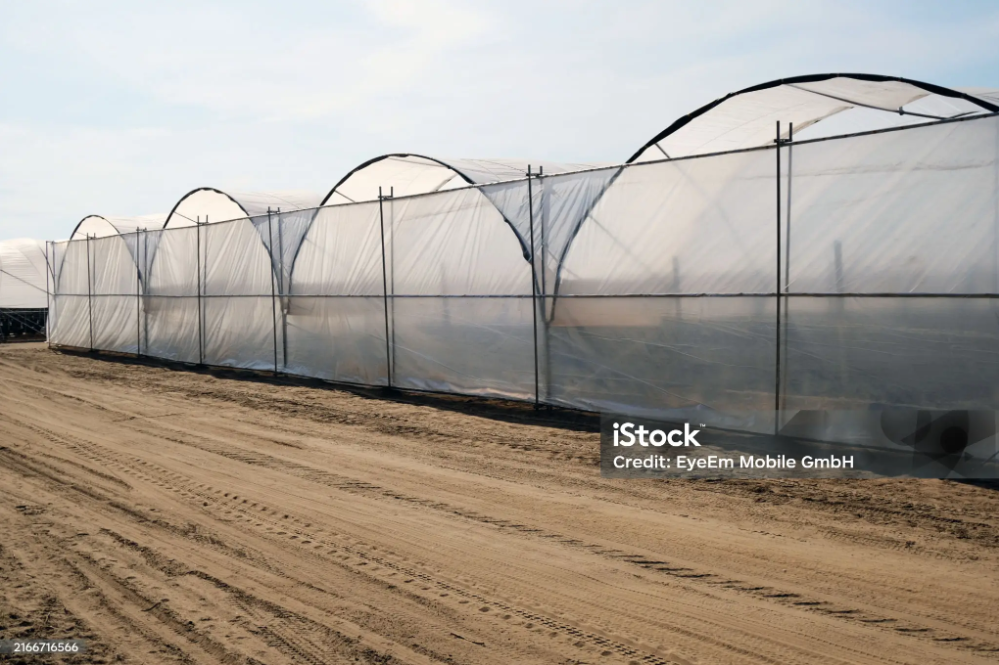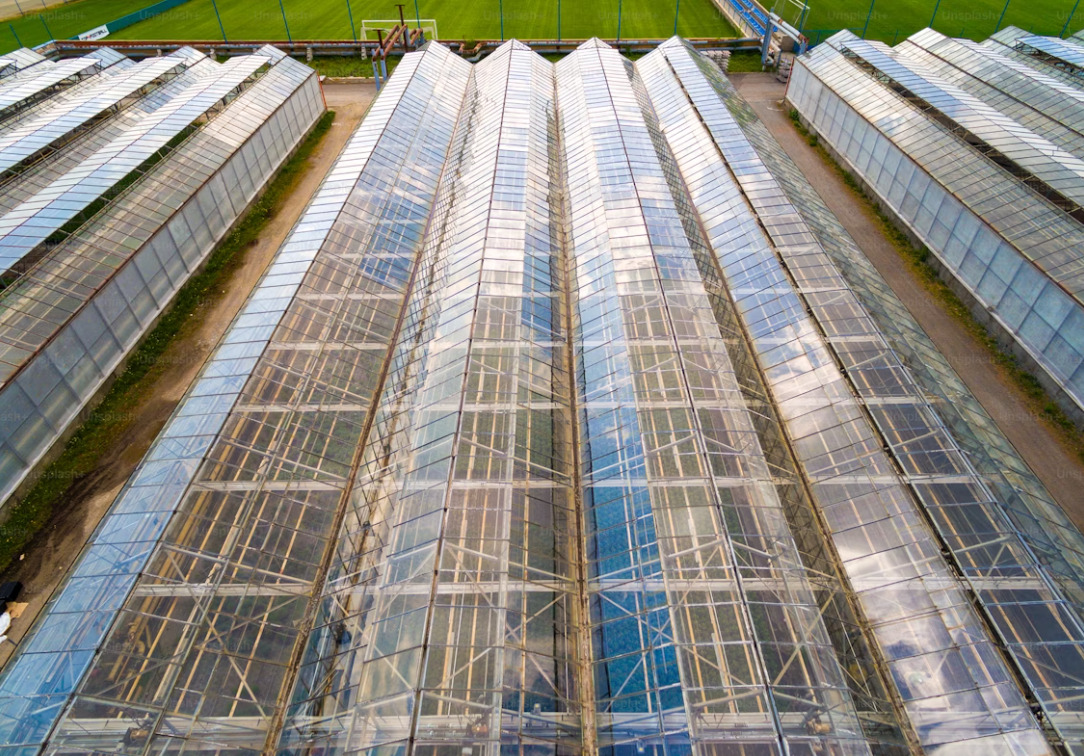For small farm owners looking to expand crop production and extend the growing season, investing in a greenhouse can be a game-changer. But not all greenhouses are created equal. With various types available—each with its own pros, cons, and price points—how do you choose the best greenhouse type for a small farm?
In this guide, we’ll break down the most common greenhouse types used on small farms, evaluate their suitability based on climate, crop type, budget, and farm goals, and offer expert tips on how to make the most of your investment.
Small farms often operate on tight budgets and limited land area. Unlike large-scale agri-businesses, small farm owners must be more strategic with their investments. Greenhouses offer critical advantages:
Extended growing seasons
Protection from pests and weather extremes
Higher crop quality and yield
Year-round production potential
But choosing the wrong greenhouse can lead to unnecessary costs or poor performance. Let’s dive into the top greenhouse options.

Best for: All-season growing, durability, temperature-sensitive crops
Polycarbonate greenhouses have become increasingly popular among small farmers due to their excellent insulation and strength. These structures use twin-wall or multi-wall polycarbonate panels, offering better heat retention than glass and higher durability than plastic film.
Pros:
High light diffusion = better plant growth
Strong insulation reduces heating costs
Long lifespan (10–15 years or more)
UV-resistant and weatherproof
Cons:
Higher upfront cost than film greenhouses
Requires solid steel frame support
May be overkill for simple seasonal farming
Best Use Case: Small farms in cold or windy regions, or farms growing high-value crops like flowers, tomatoes, peppers, or seedlings.
Best for: Budget-conscious farmers, seasonal growing, quick installation
Also known as hoop houses or polytunnels, plastic film greenhouses are the most affordable option. They consist of a galvanized steel frame and a single or double layer of polyethylene plastic film.
Pros:
Low initial investment
Easy to install and expand
Ideal for short-term or seasonal crops
Can be equipped with basic ventilation systems
Cons:
Shorter lifespan (typically 4–6 years for film)
Lower insulation than polycarbonate
More susceptible to weather damage
Best Use Case: Small farms in mild climates or farms looking to test greenhouse production before scaling.
Best for: High-end crops, long-term investments, aesthetic value
Glass greenhouses offer unmatched transparency and durability. Although more expensive, they are often chosen for their classic look and excellent light transmission.
Pros:
Long-lasting (20+ years)
Excellent natural light transmission
Suitable for educational or tourism farms
Cons:
High initial cost
Fragile compared to polycarbonate
Poor insulation unless double-glazed
Best Use Case: Small farms producing specialty or display crops, or farms aiming to combine agriculture with agritourism or education.

Best for: Custom climate control, balancing cost and performance
Hybrid greenhouses combine structural steel frames with different covering materials—like polycarbonate roofs and plastic film walls. This offers flexibility and cost efficiency.
Pros:
Flexible design
Good balance of cost, durability, and insulation
Can be optimized for local climate and crop needs
Cons:
Requires experienced design and installation
May have uneven light distribution depending on configuration
Best Use Case: Small farms with specialized growing goals, such as vertical farming or hydroponics.
When selecting the best greenhouse type for your small farm, evaluate the following:
Cold climates require insulation → choose polycarbonate or double-layer film
Hot, humid areas need strong ventilation → go for film greenhouses with side roll-ups
Leafy greens and lettuce thrive in simple tunnel houses
Tomatoes, peppers, or orchids need more precise temperature control → polycarbonate is ideal
Film greenhouses: $5–15/m²
Polycarbonate: $20–40/m²
Glass: $50/m² and above
Tunnel houses fit narrow or long plots
Polycarbonate greenhouses work well with fixed foundations
Modular designs allow future expansion
| Greenhouse Type | Cost | Lifespan | Ideal For |
|---|---|---|---|
| Polycarbonate | Medium-High | 10–15 yrs | Year-round production, cold climates |
| Plastic Film | Low | 4–6 yrs | Budget builds, seasonal use |
| Glass | High | 20+ yrs | Agritourism, premium crops |
| Hybrid | Medium | 10–15 yrs | Custom projects, special crops |
Overall Winner for Small Farms:
➡ Polycarbonate Greenhouse
It provides the best balance of durability, insulation, and ROI—especially if you plan to grow high-value crops or operate year-round.

Small farms need reliable partners. Choose a greenhouse supplier who offers:
Custom design based on your location and crops
Hot-dip galvanized steel frames for durability
Post-sale installation and support
At Kunyu Greenhouse, we specialize in helping small and medium farms find the right greenhouse solution—backed by engineering and manufacturing expertise.
If you're ready to boost your yield and stabilize your farming business, contact us for a free consultation. Our experts will help you choose the best greenhouse type tailored to your farm’s unique needs.
Contact us now to get your custom quote!

Copyright ©Kunyu Greenhouse Co., Ltd. All Rights Reserved | Sitemap